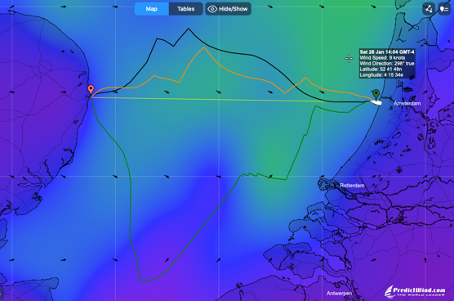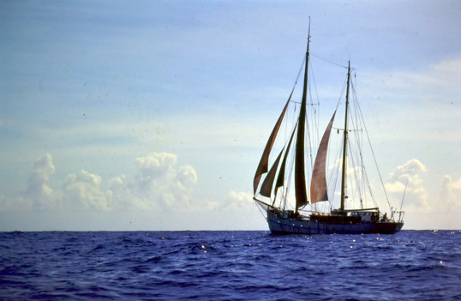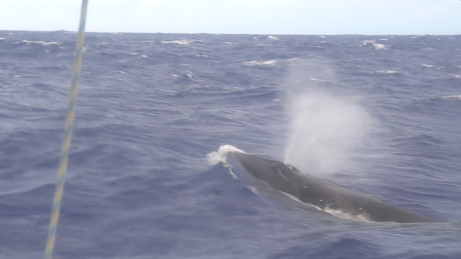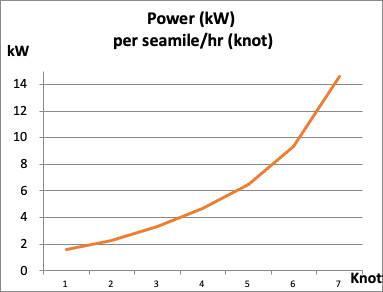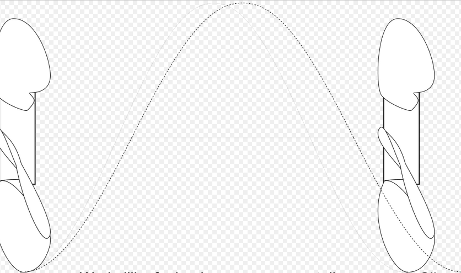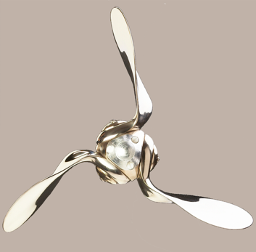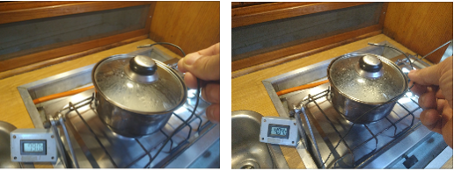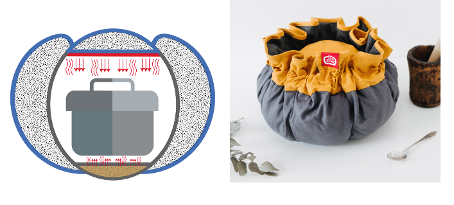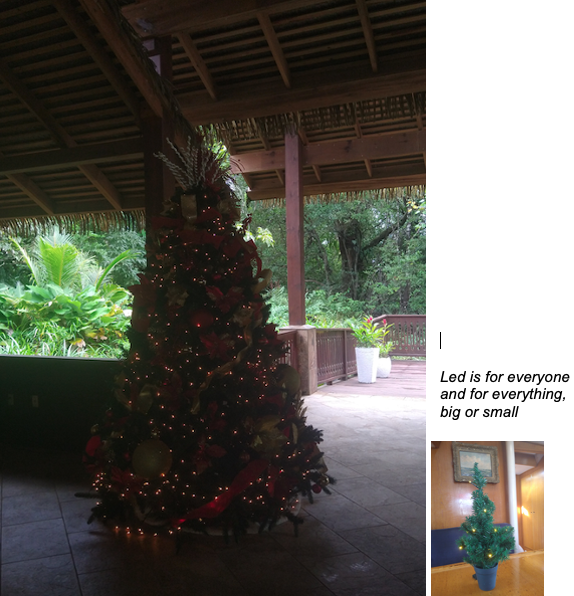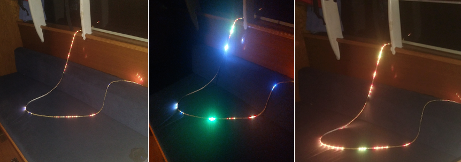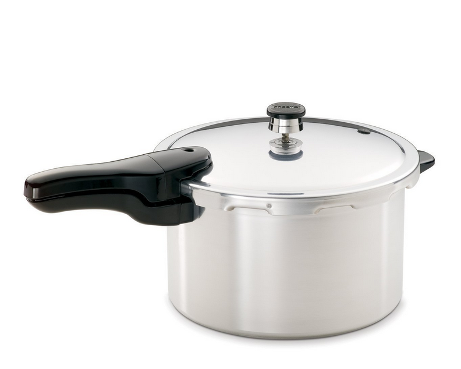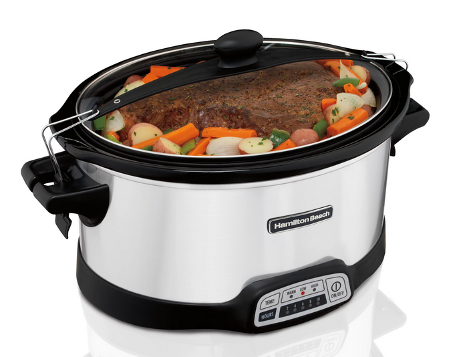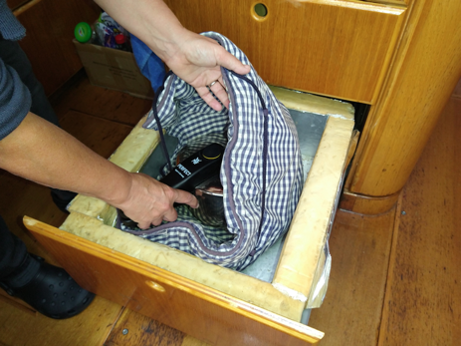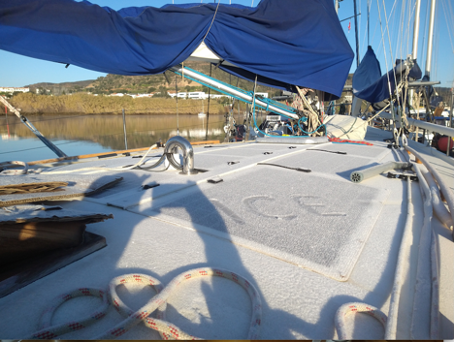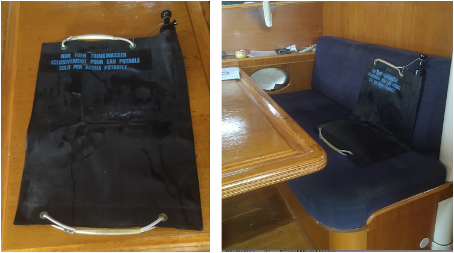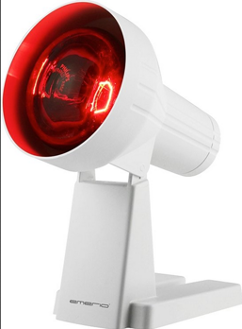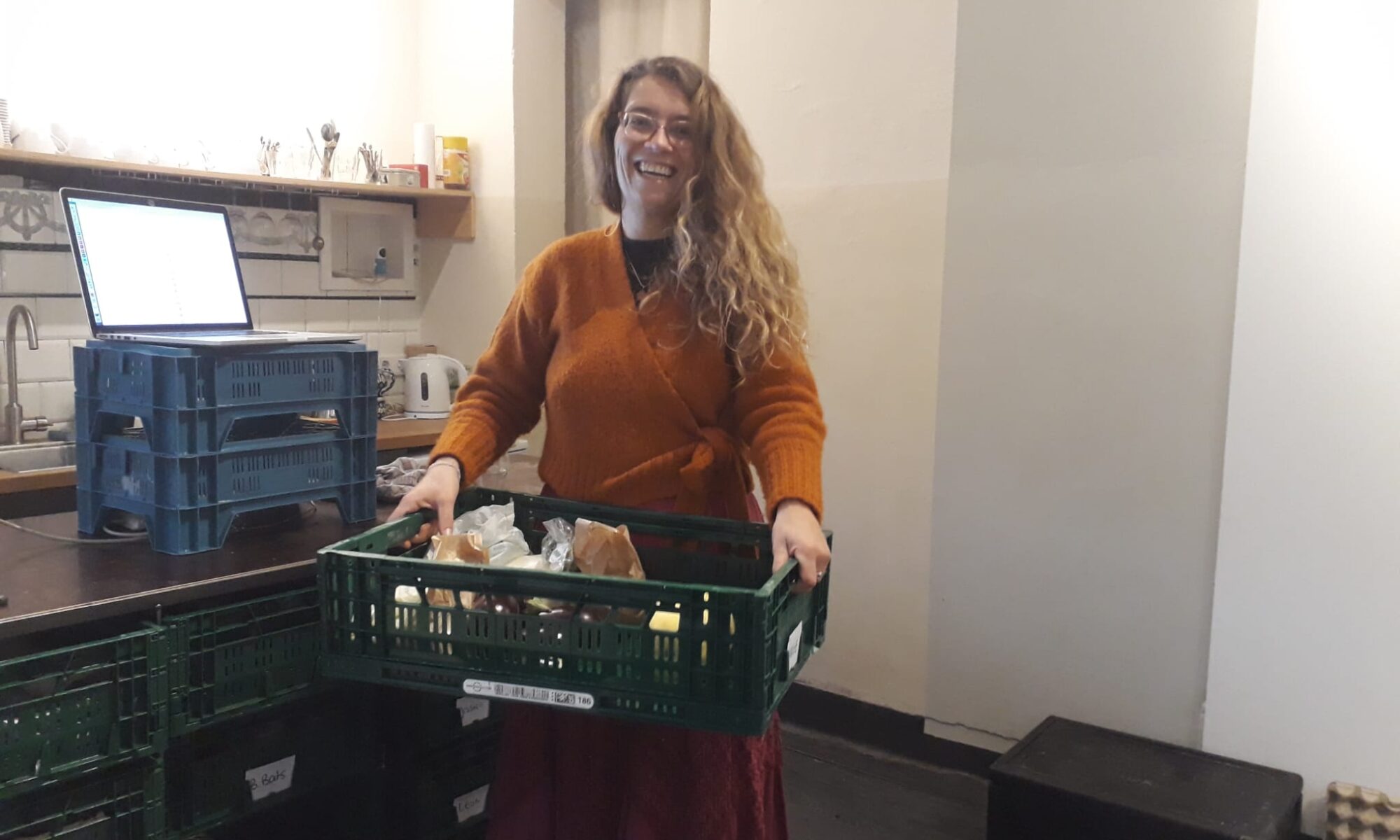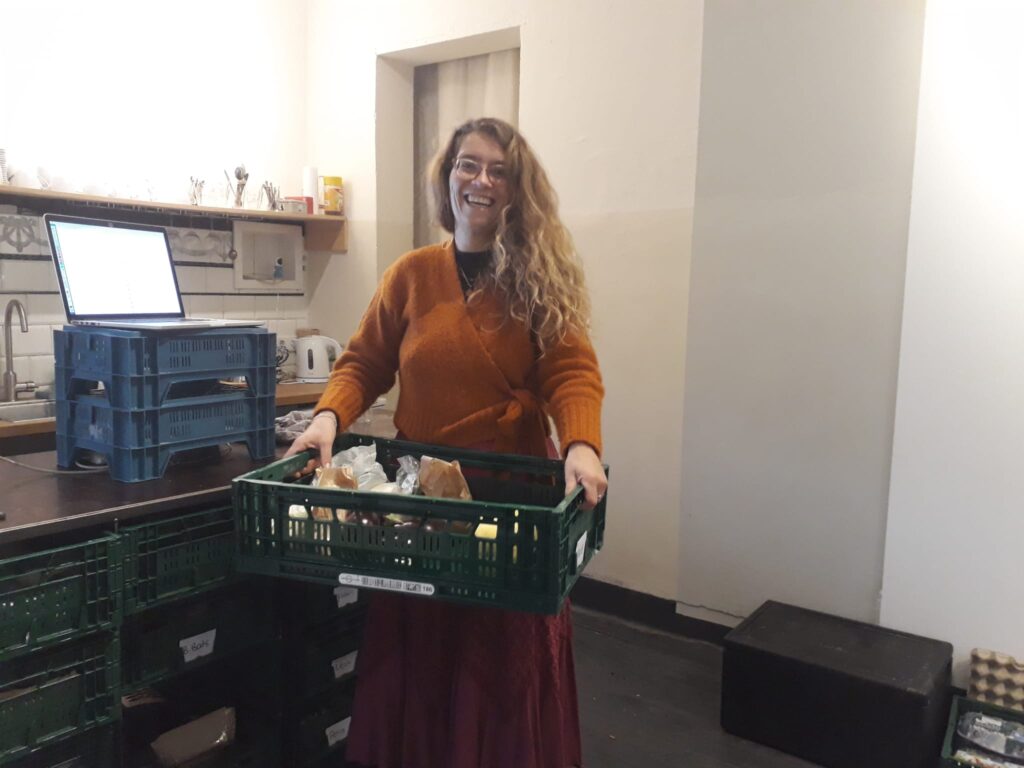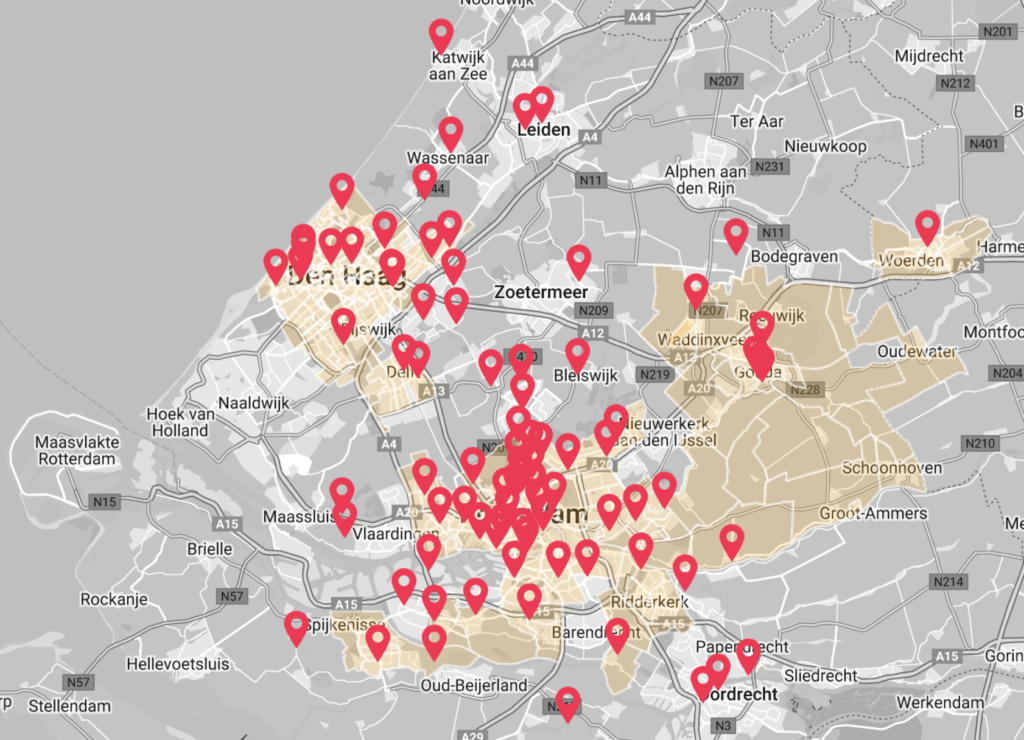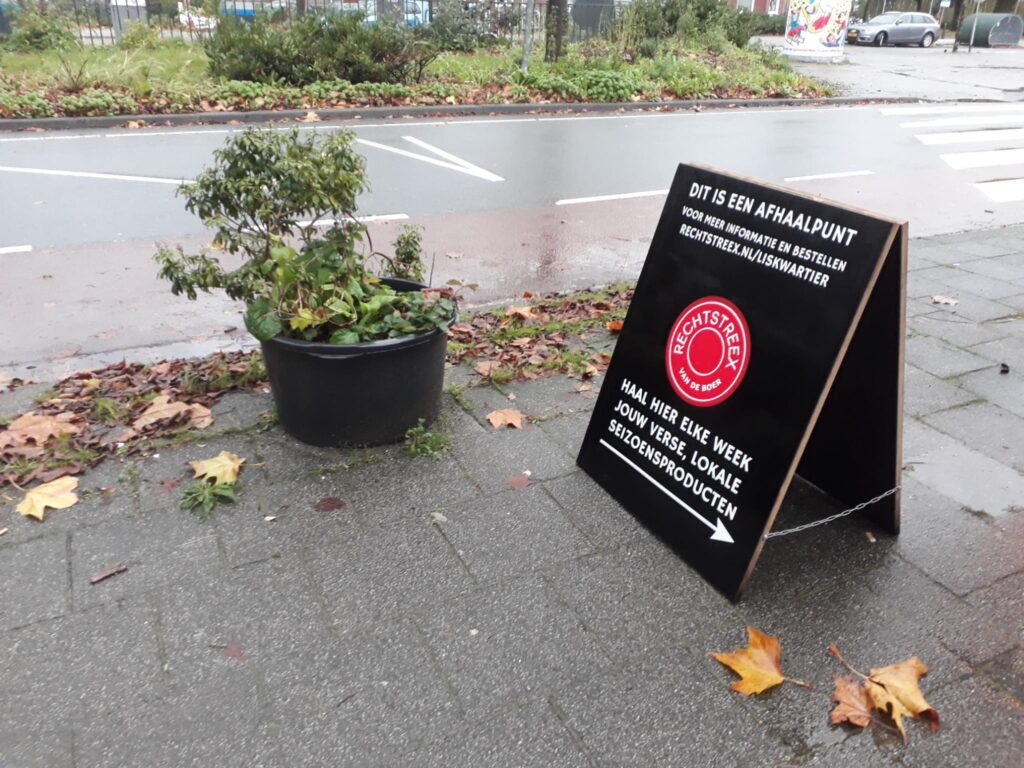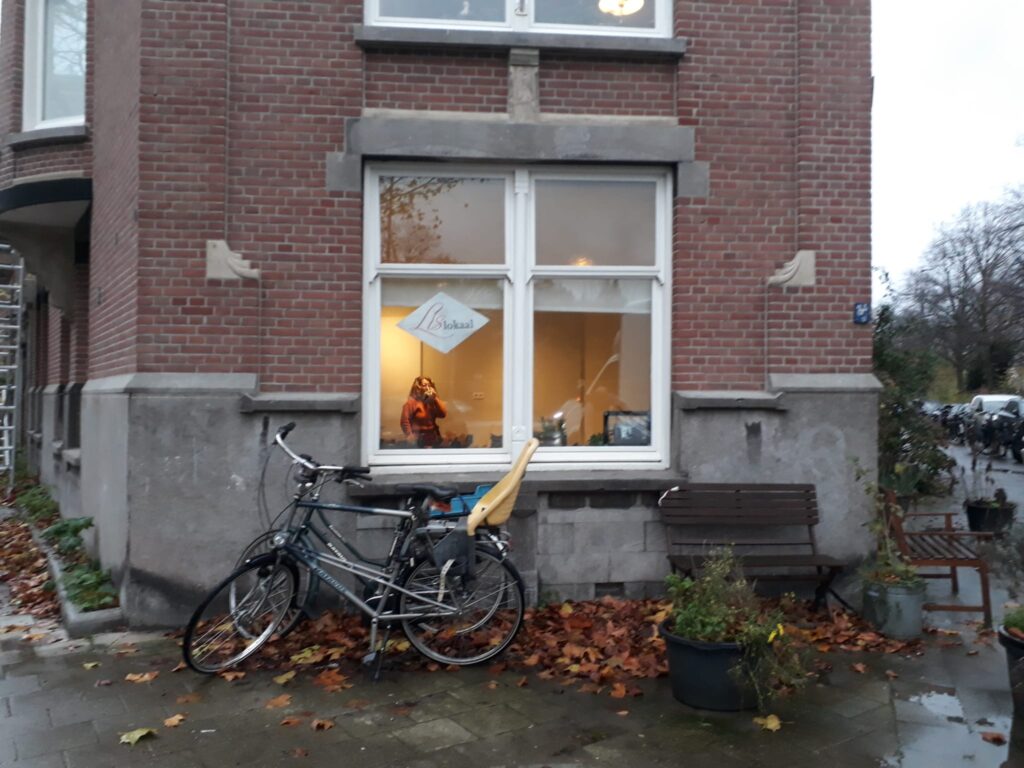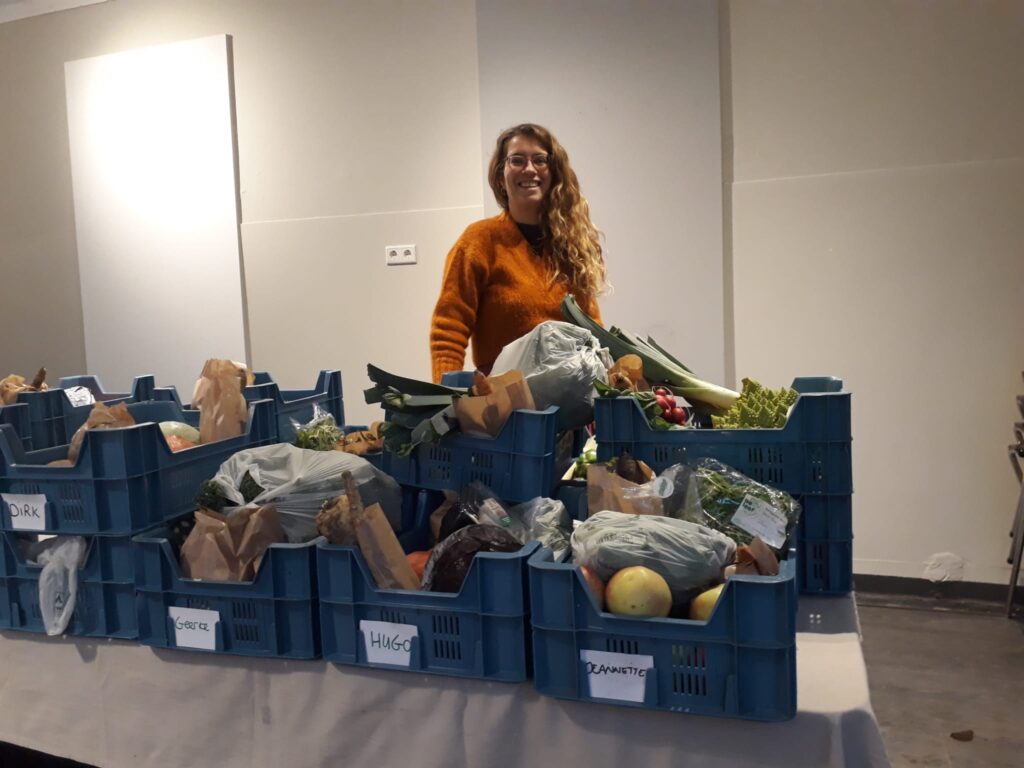Some months ago, when the gas and oil prices blew sky high, I advised a friend how to lower the consumption. He did it until he could affort his gas bill.
I spoke him last week. Here is the discussion.
What you do, really fossilfree, Peter, that is special.
- “It is a choice. You can do it.”
I cannot. You know how I live.
- It is a choice
Man, I live in a badly insulated house.”
- Why this defending mode? I did not answer to finance your landlord. Just check what you can.
You know I hardly can do a thing.
- Sorry, I estimate you as an intelligent friend, live your life the way you want. So you can. But if you really want help, I have some proposals.
Ok then.
- What do you mean with “OK then”. It sounds like you already know them. Which is true. But I will repeat them, just to provoke. You have an induction cooker? You use a pressure cooker? You put it in the insulation box to cook it ready?
Come on Peter!
- Come on what?
You wrote that already in your blogs, you told it.
- Ah, so you DO this already? I don’t believe that
To be honest, no.
- How is the draught between your doors and between your windows? How many rooms do you heat now when the gas prices went down? How do you do your transport?
You know we both need a car, we live 7 kilometers from the first busstop.
- You live 12 kilometers from a city train station with every 15 minutes a train leaving, true?
Yes, true, but you think we can afford a taxi, that would be about 3 to 5 times a week for me, and also that amount for Caroline.
- You are both self employed. So you can plan. Though?
Yes for sure. What do you mean?
- The same as earlier. I estimate you as an intelligent friend, you live your life the way you want. So you can. But if you really want help in case you have a moment of zero creative energie, then I can give you some advises. Like getting rid of two cars and buy a second hand electric car, serving you 5 to 7 years. And you can taxi each other to the station. You save about 500 Euro a month and in the car together is quality time. True?
OK.
- What, again, do you mean with “OK”? Don’t you want to hear them? Don’t you want the help I offer you?
Perhaps not.
- That is fine. Perhaps you prefer to stick to fossils. OK. You only reduce your gas consumption till the level that you can pay it. Fine to me. You only reduce your fuel expenses till the level you can pay them. That is OK to me, we are friends for ever. But tell me, why?
The way you describe it, that sounds like addiction.
- I don’t know, Is it?
I think I am biased. I am programmed. I don’t know. Yes, perhaps it is addiction. Yes perhaps I like to heat my house with gas, perhaps I love to drive a diesel car. Indeed, I have no rationalities.
It feels like being programmed. I must be influenced by 50 years of commercials?
- I don’t know. But it sounds to me that being fossil free could mean more to you.
Yeah, perhaps. It can be a break through. A freedom.
- Let us call it fossil freedom?

